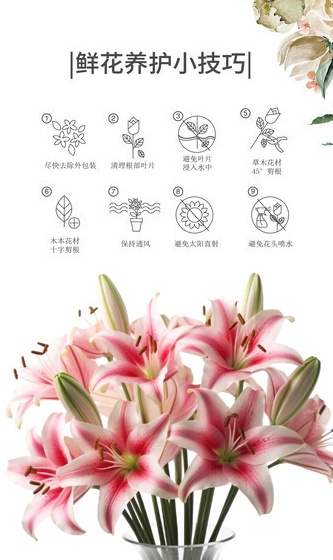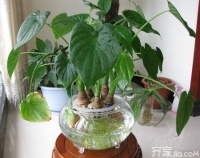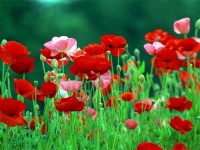盐碱土壤转Bt基因棉花外源蛋白表达量时空变化及对抗虫性的影响
Abstract:
Saline-alkali land is a potentially exploitable reserve cultivated land resource, but it severely restricted the sustainable development of agricultural production. Owing to some factors such as the decreasing degree of cotton mechanization, increasing input of labor cost and production goods, declining comparative benefits, and implementing the strategy of food security, the cotton area in the Yangtze River and Yellow River is declining sharply, and the planting area is transferred to Binhai saline-alkali lands. Since the study of ecological security of planting Bt cotton in saline-alkali land is rare, it became the focus of many research studies worldwide. Whether the resistance of transgenic Bt cotton to cotton bollworm has been affected remains to be elucidated. Resistance is directly related to the environment safety of transgenic Bt cotton; therefore, there is an urgent need to solve the problems in cotton production. With the non-transgenic cotton as the control, we measured the corrected mortality of transgenic Bt cotton to cotton bollworm larvae and the contents of exogenous protein of transgenic Bt cotton that was planted in the low-, medium-and high-salt soil at seedling, budding, and flowering and bolling stages, respectively. The results showed that at the seedling, budding, and flowering and bolling stages of transgenic Bt cotton in low salt stress, the correction mortality of transgenic Bt cotton planted in the medium-and high-salt soil to cotton bollworm larvae decreased by 9.22%-47.46%, 31.61%-45.42%, and 3.59%-18.52%, respectively. Over the same period of Bt cotton, soil salinity significantly inhibited the expression of Bt protein in cotton leaves and decreased by 7.66%-29.86%, 3.77%-36.85%, and 18.13%-41.02% at seedling, budding, and flowering and bolling stages, respectively. There is a significant positive correlation between the efficiency of insect resistance of transgenic Bt cotton to cotton bollworm larvae and Bt protein content. Therefore, soil salinity levels inhibited the exogenous protein expression of transgenic Bt cotton, which led to the decreased resistance of transgenic Bt cotton on cotton bollworm. The present study on the effects and mechanisms of soil salinity on the influence of transgenic Bt cotton to cotton bollworm can provide a comprehensive basis for establishing Bt cotton pest prevention and control technology system, environmental safety evaluation, and safety management in soil salinity in Bt cotton fields.
相关知识
盐碱土壤转Bt基因棉花外源蛋白表达量时空变化及对抗虫性的影响
盐胁迫下两种转基因抗虫棉生长及毒蛋白表达量的变化
NaCl胁迫下转Bt棉花和非转Bt棉花的生理反应差异
转Bt基因棉对棉田生态系统的影响及其生态安全性
转Bt+CpTI双价基因抗虫棉的抗虫性及相关特性的研究
利用PLFA方法研究转Bt基因棉花对土壤微生物群落结构变化的影响
Bt毒蛋白基因2抗病转基因植物抗病基因.PPT 文档全文预览
利用根箱法解析转双价(Bt+CpTI)基因棉花对土壤微生物数量及细菌多样性的影响
利用PLFA方法研究转 Bt基因棉花对土壤微生物群落结构变化的影响
转EPSPS基因棉花的筛选及草甘膦对其育性的影响
网址: 盐碱土壤转Bt基因棉花外源蛋白表达量时空变化及对抗虫性的影响 https://www.huajiangbk.com/newsview1671096.html
| 上一篇: 棉花“荆棉16”品种选育报告 |
下一篇: 抗虫棉不是“无虫棉” |
推荐分享

- 1君子兰什么品种最名贵 十大名 4012
- 2世界上最名贵的10种兰花图片 3364
- 3花圈挽联怎么写? 3286
- 4迷信说家里不能放假花 家里摆 1878
- 5香山红叶什么时候红 1493
- 6花的意思,花的解释,花的拼音 1210
- 7教师节送什么花最合适 1167
- 8勿忘我花图片 1103
- 9橄榄枝的象征意义 1093
- 10洛阳的市花 1039










